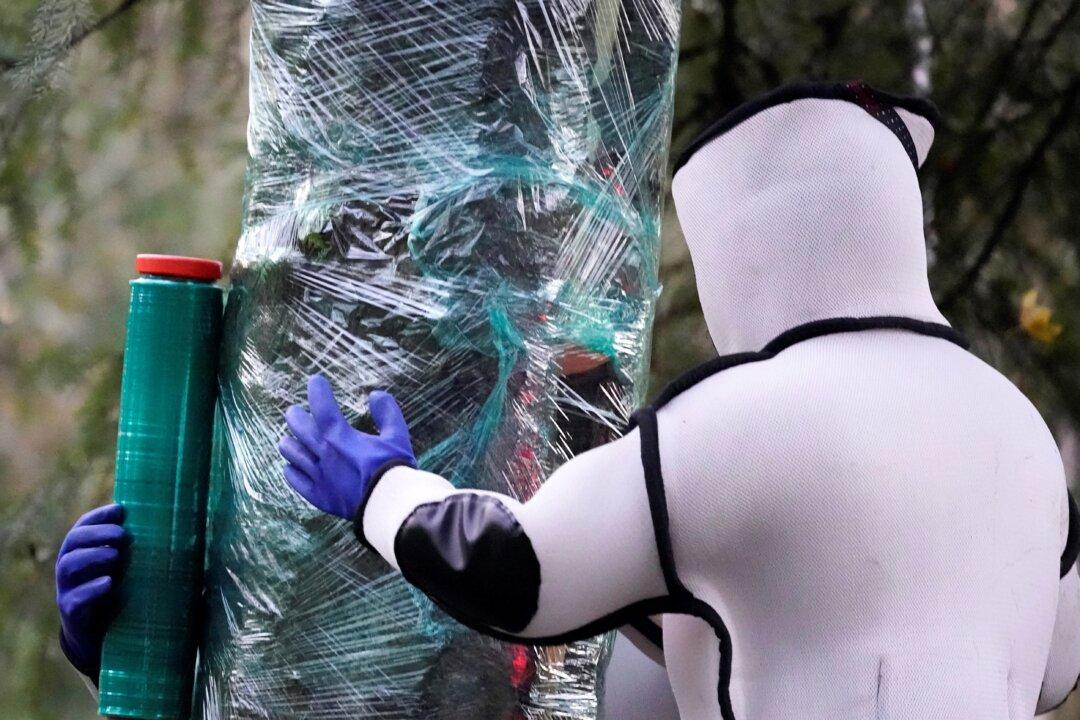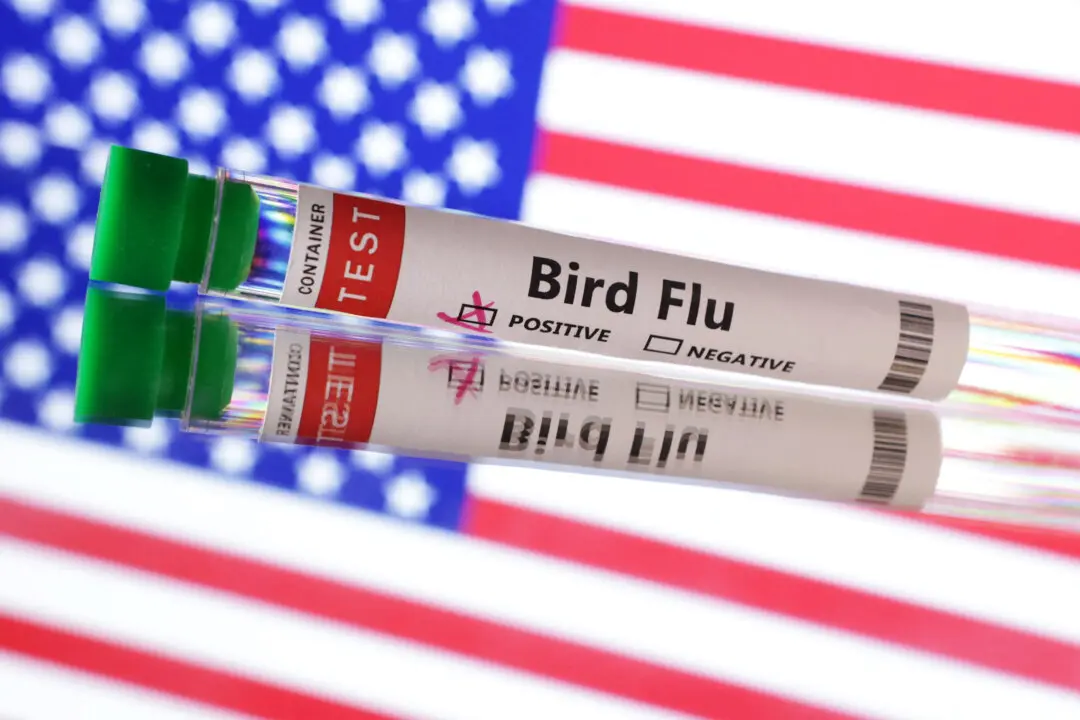Washington state eradicated its first Asian giant hornet nest of the year by vacuuming out 113 worker hornets and removing bark and decayed wood near the nest, Washington State Department of Agriculture (WSDA) officials said on Thursday.
The so-called stinging “murder hornets,” the world’s largest hornets, can grow to 2 inches in length and prey on native bee and wasp populations, consuming honeybee hives and threatening agriculture.





